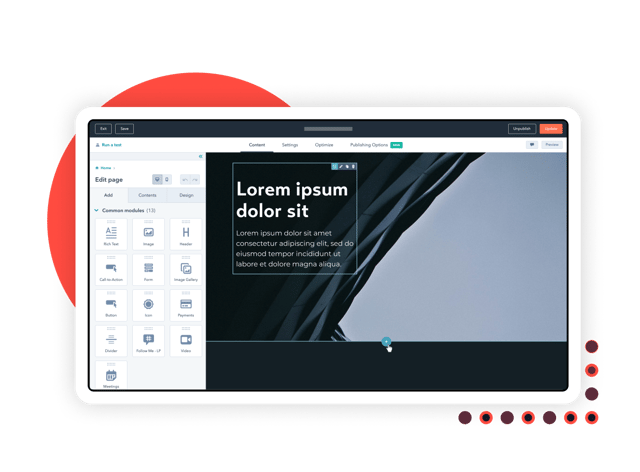Should you usability test your website or app?


Imagine you've worked tirelessly to create a new website, mobile app or feature, only to find that your users can't use it, or maybe don't even want to. It doesn't sound fun, right? This could have all been avoided, with some well planned usability testing. Let's find out how.
At its heart, usability testing is a chance to get an outside perspective from real users about your new or existing website, app... well... anything really.
Note: To keep things simple, we'll use the word 'product' throughout this article to mean 'any digital product'. Such as a website, mobile app, web-app, software application etc.
Ok, let's get to it…
What is usability testing?
Putting it simply, usability testing evaluates a product by testing on real users. This can be done via various methods, but typically involves setting users tasks to complete (with varying levels of difficulty) under controlled conditions, and observing them to see how easily they complete each task.
The aim is to identify areas of improvement, or potential problems that are causing user frustration, so they can be fixed.
What is being measured?
Usability testing provides hard statistics from actual users on;
-
Success rate - What percentage of users completed each task.
-
Time to complete task - How long it took to complete each task.
-
Confusion and pain points - Highlighting areas where users are struggling to complete each task.
-
User thoughts and feelings - What a user is thinking and feeling at each step.
It can also help pickup unintentional bugs, the effectiveness of each page, and call into question any design or content choices made for the product.

Why is usability testing important?
The goal of usability testing is to discover how real users interact with your product, and make informed decisions based on the results. Users are known to take the path of least resistance, so if your product has pain points in the final product, your users will likely leave your website and visit a competitor instead.
There are lots of reasons why Usability testing is important:
1. It enhances the quality of your product
By highlighting and fixing issues, you can provide the best experience for your users.
2. It captures unbiased facts about your product
Say you have a disagreement internally as to whether the navigation is easy-to-use being down the left-side of each screen. You can conduct usability testing and find out if users have any difficulties using the navigation. No more bickering internally, your users will speak for you.
3. You can Identify valuable opportunities
User data and insights can highlight new features or opportunities to expand your digital offering.
4. It helps you gain a competitive advantage
Ensuring your product is easy and intuitive to use will put you ahead of your competition.
5. It helps you develop empathy for your users
Shake off the tunnel-vision that's common when developing a product, and start to feel empathy for your users. If you care for your users, you will want to help them. If you want to help them, they will keep coming back.
Should I be conducting Usability Testing on my product?
The answer is almost always 'yes', but it's never that simple.
Usability testing takes time to plan, execute, evaluate, and iterate based on the findings. There are also a whole range of usability testing methods to test different aspects of your product.
In an ideal scenario, usability testing would be conducted throughout the UX process, and periodically as new features are released or as the product evolves. However, that's not always practical or affordable.
At Webcoda, we work with you to form a plan of action for usability testing to ensure you are getting the best bang for your buck.
Need help conducting usability testing for your product/website? Or are refreshing an existing product/website and are looking for an experienced team to help? We're only a phone call away, get in touch.



